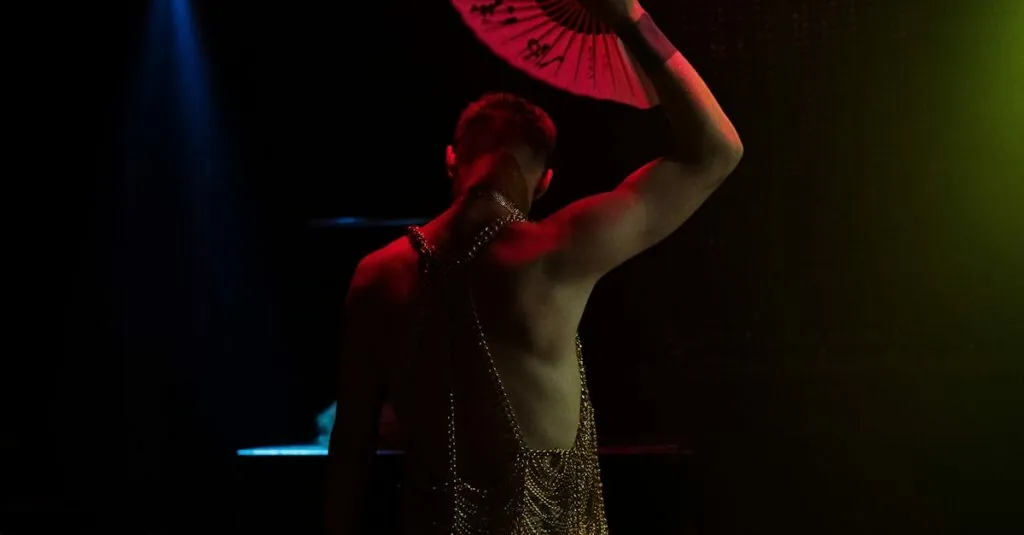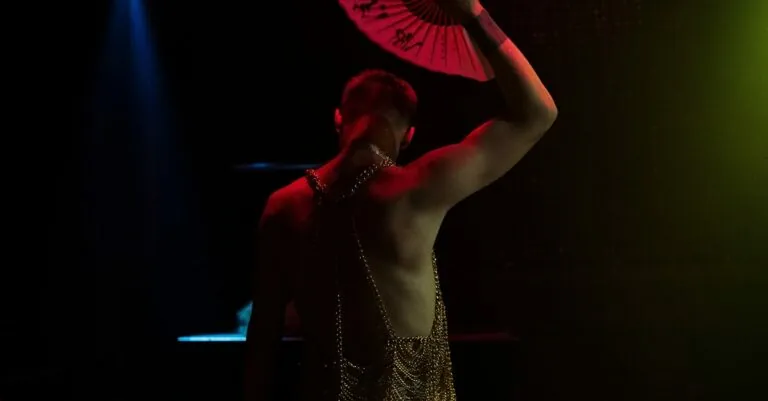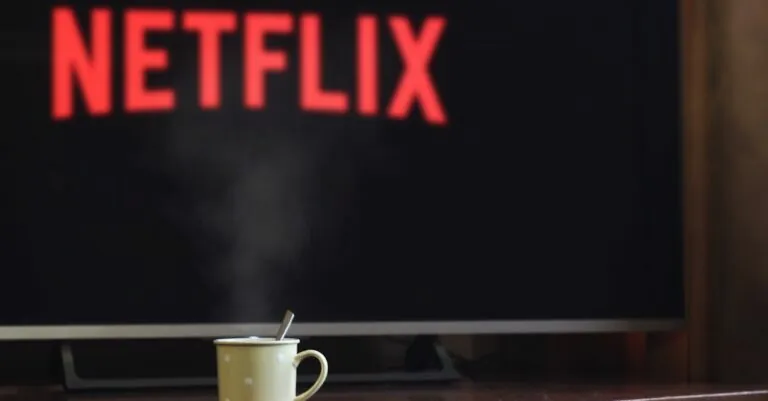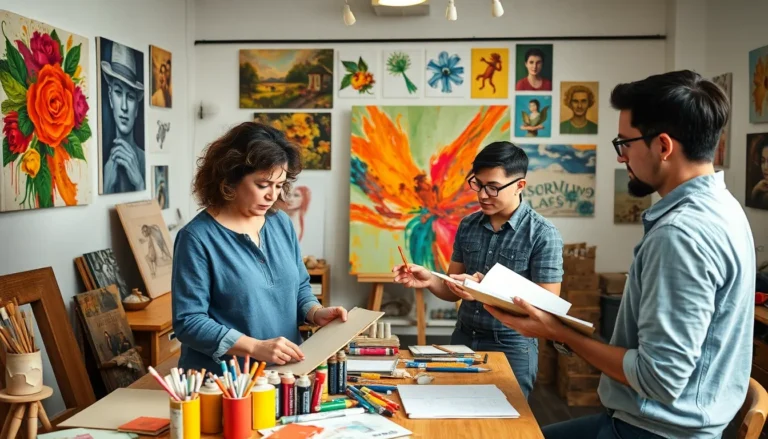Table of Contents
ToggleIn a world where creativity knows no bounds, fan art spotlights shine like diamonds in a sea of pixels. These vibrant expressions of love for beloved characters and franchises breathe new life into familiar stories, showcasing the incredible talent of passionate artists. Whether it’s a whimsical take on a classic hero or a dramatic reinterpretation of a villain, fan art has a way of making hearts skip a beat and inspiring a chuckle or two.
But fan art isn’t just about pretty pictures; it’s a celebration of community and shared joy. Artists pour their hearts into their creations, often turning everyday fandoms into masterpieces that deserve their moment in the limelight. So grab your favorite snacks and settle in, because exploring the world of fan art spotlights promises to be a delightful journey filled with creativity, laughter, and maybe even a few unexpected surprises.
Overview of Fan Art Spotlights
Fan art spotlights offer a glimpse into the creativity of artists inspired by popular culture. These showcases highlight works celebrating beloved characters, series, or franchises. Each piece reflects an artist’s unique interpretation, transforming inspirations into visual narratives that resonate with the community.
Engagement in fan art fosters connections between creators and fans. Artists often use their skills to explore themes, styles, or techniques that reflect their personal touch. Through these creative processes, diverse groups showcase their enthusiasm and love for various fandoms.
Spotlight features typically include illustrations, digital artworks, sculptures, and even mixed-media creations. Examples of fan art may encompass reinterpretations of iconic scenes or entirely new character designs. Recognition of talented artists increases visibility within the broader art community, inspiring others to contribute.
Many platforms celebrate fan art through dedicated community events or online showcases. Social media channels, such as Instagram, Twitter, and Tumblr, play a significant role in promoting fan art. Artists share their work, gain followers, and interact with their audience, cultivating a sense of belonging.
Participation in fan art communities encourages collaboration among artists. Feedback on pieces often leads to further refinement and enhanced skill development. These interactions deepen appreciation for art while building a supportive network of fellow creators and fans.
Importance of Fan Art
Fan art holds significant value in contemporary culture. It serves as a vital outlet for personal expression and creativity among fans.
Creative Expression
Creative expression thrives within the realm of fan art. Artists utilize various mediums to interpret favorite characters, worlds, and stories. Through illustrations, digital pieces, and sculptures, they convey their affection for these franchises. Each artwork reflects the artist’s unique perspective and style, enhancing diversity in visual narratives. Fan art also encourages innovation, as artists explore new techniques and concepts. Notably, this practice fosters growth in both skill and confidence, pushing creators to share their passion with a broader audience.
Community Engagement
Community engagement flourishes through fan art. Enthusiastic fans come together to support and celebrate each other’s work. Collaborative projects often arise, connecting individuals across different backgrounds and locations. Feedback and encouragement circulate within these communities, creating an environment of support and camaraderie. Social media platforms amplify this engagement, allowing fans to share and discuss their favorite artworks. Artists develop followers who appreciate their talent and insight, forming lasting connections. In essence, fan art not only showcases individual creativity but also strengthens the bonds within fandoms.
Highlighting Notable Fan Artists
Fan artists channel their passion for beloved franchises into stunning creations. This section presents a closer look at individual artists, their distinct styles, and the techniques that set them apart.
Artist Profiles
Many artists have gained recognition within the fan art community. For instance, Emily Rodriguez has a strong following for her vibrant paintings of iconic heroes. Her dedication shines through in every piece. Another notable artist, Jack Thompson, specializes in intricate digital illustrations that blend realism with fantasy. Each artist tells a unique story through their work, reflecting personal interests and inspirations. Recognition of these artists helps elevate their profiles and foster connections across platforms. Their artworks invite viewers into imaginative worlds, enhancing appreciation for their craft.
Unique Styles and Techniques
Diverse styles characterize fan art, showcasing the versatility of artists. Traditional media often finds expression in watercolor and acrylics, delivering textured, emotive pieces. Digital techniques use software like Procreate or Adobe Photoshop for crisp, polished visuals. Artists often experiment, combining different styles to create striking interpretations. Many utilize bold colors to evoke specific emotions, while others focus on subtler palettes for a dramatic effect. Techniques such as mixed media highlight the creativity in fan art, allowing multiple elements to coexist within a single piece. These unique approaches enrich the fan art landscape, drawing audiences deeper into the creative process.
Exploring Different Genres
Fan art draws inspiration from various genres, showcasing the creativity of artists through distinct themes. Each genre brings a unique perspective, allowing fans to express their love in diverse ways.
Anime and Manga
Anime and manga fan art thrives within energetic communities. Artists often capture iconic characters, exploring vibrant colors and dynamic poses. This genre features styles ranging from realistic to chibi interpretations, appealing to a wide audience. Artists like Hiromi Tanaka focus on emotional expressions, immersing viewers in character-driven stories. Many creators participate in collaborations and challenges, further enhancing this genre’s community spirit. Platforms like Instagram and DeviantArt serve as important spaces for sharing and discovering new works.
Video Games
Video game fan art encapsulates the immersive worlds and characters gamers cherish. Artists often depict intricate landscapes or reimagine game characters with personal twists. This genre includes various styles, such as pixel art and 3D renderings. Respected artists like Maxime Renaud transform familiar scenes into unique depictions, highlighting impressive detail. Competitive events, including game-themed contests, rally creators and foster relationships among fans. Online communities, especially on sites like Reddit, encourage collaboration and recognition in this vibrant genre.
Movies and TV Shows
Movies and TV shows inspire fan art that reflects iconic moments and beloved characters. Artists create pieces that capture drama, humor, and nostalgia, connecting viewers to their favorite scenes. This genre encompasses diverse media, from digital illustrations to traditional paintings. Notable artists, such as Sarah Mitchell, infuse creativity into character portraits, breathing new life into familiar narratives. Fan conventions and online platforms energize discussions around these artworks, amplifying visibility and appreciation within the artistic landscape. Engaging with this genre illuminates the passion shared among fans and artists alike.
The Impact of Social Media on Fan Art
Social media platforms significantly influence the reach and visibility of fan art. Artists share their creations on sites like Instagram, Twitter, and DeviantArt, gaining exposure among diverse audiences. This sharing fosters community interaction, enabling fans to comment, share, and promote artworks they love.
Engagement metrics reflect the power of social media in fan art promotion. Artists often experience increased follower counts, leading to opportunities for collaboration and networking. Recognition on these platforms boosts confidence and skills, encouraging creators to push boundaries in their art.
The viral nature of social media also contributes to trends within the fan art community. A single post can inspire a wave of artworks, as other artists interpret the same themes or styles. Hashtags play a pivotal role, organizing content and making it easy for fans to discover related works.
Connections through social media help establish creator-fan relationships. Followers often engage with artists directly, resulting in feedback and support that can motivate future projects. This direct line of communication enriches the fan art experience for both parties, building a sense of belonging.
Additionally, social media facilitates themed events and challenges. Artists participate in initiatives like “Inktober” or “Art Fight,” pushing creativity and encouraging collaboration across global fan bases. These events unite creators and fans, transforming individual efforts into collective experiences.
As fan art continues to evolve, social media remains a crucial arena for showcasing talent and fostering inspiration. The impact on visibility, engagement, and community support shapes the future of fan art.
Fan art serves as a powerful testament to creativity and community within fandoms. It brings together artists and enthusiasts who share a passion for beloved characters and stories. Through diverse styles and mediums, artists express their unique interpretations while fostering connections that transcend geographical boundaries.
As social media continues to amplify these voices, the fan art landscape will keep evolving, inviting new talents and ideas. Celebrating these artists not only enhances appreciation for their craft but also strengthens the bonds that unite fans around the world. The journey through fan art is one of inspiration, collaboration, and joy, making it an integral part of contemporary culture.







